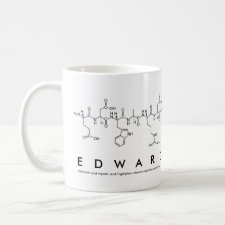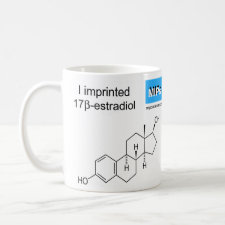
Authors: Lai EPC, De Maleki Z, Wu S
Article Title: Characterization of molecularly imprinted and nonimprinted polymer submicron particles specifically tailored for removal of trace 17β-estradiol in water treatment.
Publication date: 2010
Journal: Journal of Applied Polymer Science
Volume: 116
Issue: (3)
Page numbers: 1499-1508.
DOI: 10.1002/app.31698
Abstract: This study investigated the potential use of molecularly imprinted polymer (MIP) submicron particles for the selective removal of trace 17β-estradiol (E2) in water treatment. Methacrylate-based MIP submicron particles were synthesized, in a one-step suspension polymerization procedure, using ethylene glycol dimethacrylate (EGDMA) as the cross-linker. After template removal, the particles could be used as a smart material for specific binding of E2. The submicron size of MIP particles facilitated uniform dispersion in water for up to 17 days. These particles were meritorious in mass transfer behavior, allowing phase partitioning of E2 molecules in water during a short treatment time. After 1-mL water samples of different E2 concentrations were treated with 20 mg of MIP particles for 2 min, recovery percentages as high as 97% ± 3% were achieved. The specific binding capacity of these MIP particles was determined to be 15 mg E2/g. Nonimprinted polymer nanoparticles were also evaluated for nonspecific binding of E2, using 0.5 mg in 1 mL of water, to attain 64% ± 3% efficiency in 3 min towards general water treatment. A simple capillary electrophoresis method was successfully developed for the characterization of MIP and NIP particles. Apparently the less negative the electrophoretic mobility, the higher binding efficiency and faster binding kinetics the particles would exhibit with E2 due to less hindered Brownian diffusion. © 2010 Wiley Periodicals, Inc. J Appl Polym Sci, 2010
Template and target information: 17β-estradiol, E2
Author keywords: β-estradiol, molecularly imprinted polymer, submicron particles, Binding kinetics, precipitation rate, water treatment



Join the Society for Molecular Imprinting

New items RSS feed
Sign-up for e-mail updates:
Choose between receiving an occasional newsletter or more frequent e-mail alerts.
Click here to go to the sign-up page.
Is your name elemental or peptidic? Enter your name and find out by clicking either of the buttons below!
Other products you may like:
 MIPdatabase
MIPdatabase









